Home>Garden Essentials>How To Remove Eggplant Seeds
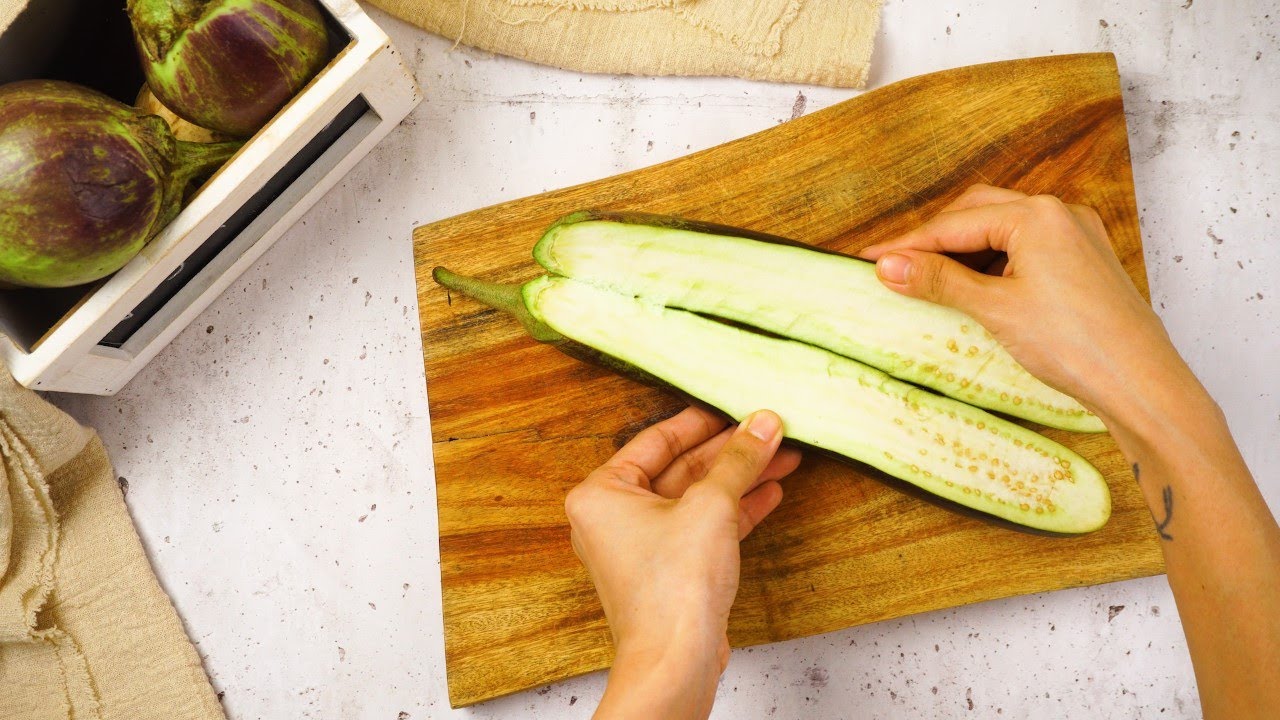

Garden Essentials
How To Remove Eggplant Seeds
Modified: March 15, 2024
Learn how to remove eggplant seeds in your garden with this helpful guide. Avoid the hassle and enjoy your homegrown eggplants!
(Many of the links in this article redirect to a specific reviewed product. Your purchase of these products through affiliate links helps to generate commission for Storables.com, at no extra cost. Learn more)
Introduction
Eggplants are a versatile and delicious vegetable that can be used in a variety of recipes. However, if you prefer your eggplants seedless, you may be wondering how to remove the seeds. While the seeds are edible and can be consumed, they can sometimes contribute to a bitter taste. Removing the seeds not only enhances the flavor of the eggplant but also allows for a smoother texture in dishes such as stir-fries, curries, and dips.
In this article, we will guide you through the process of removing eggplant seeds step by step. We will also share tips and tricks to make the seed removal process easier and more efficient. So, let’s grab our tools and get started!
Key Takeaways:
- Easily remove eggplant seeds by cutting the eggplant in half, scooping out the seeds with a spoon, and rinsing the eggplant. Enjoy a smoother texture and enhanced flavor in your favorite recipes!
- Prepare seedless eggplant for stir-fries, dips, grilling, and more by following simple steps. Unleash your culinary creativity with the smooth texture and enhanced flavor of seedless eggplant in various dishes!
Read more: How To Plant Eggplant Seeds
Step 1: Gather the necessary tools and ingredients
Before you begin the process of removing eggplant seeds, it is important to gather all the necessary tools and ingredients. Here’s what you will need:
- A sharp knife: You will need a sharp knife to cut the eggplant and expose the seeds.
- A cutting board: Use a sturdy cutting board to provide a stable surface for slicing the eggplant.
- A spoon or melon baller: This will be used to scoop out the seeds from the eggplant.
- A colander or strainer: You will need a colander or strainer to rinse the eggplant after seed removal.
- Water: This is required for rinsing the eggplant.
Once you have gathered all the necessary tools and ingredients, you are ready to move on to the next step of the process.
Step 2: Prepare the eggplant for seed removal
Before you can remove the seeds from the eggplant, it’s important to properly prepare the vegetable. Here’s how you can do it:
- Choose a ripe eggplant: Look for an eggplant that has smooth and shiny skin. Avoid eggplants that have blemishes, soft spots, or wrinkled skin.
- Wash the eggplant: Rinse the eggplant under cold water to remove any dirt or debris from the skin.
- Trim the stem: Cut off the stem of the eggplant using a sharp knife. This will make it easier to handle and cut later on.
- Optional: Peel the skin (if desired): Some recipes may call for peeled eggplant. If you prefer a smoother texture and milder flavor, you can use a vegetable peeler or a knife to remove the skin. However, keep in mind that the skin contains valuable nutrients.
Once you have prepared the eggplant, you can move on to the next step of the process and start removing the seeds.
Step 3: Cut the eggplant and expose the seeds
Now that your eggplant is prepared, it’s time to cut it and expose the seeds. Follow these steps:
- Place the eggplant on a cutting board: Ensure that the eggplant is stable and won’t roll around while you’re cutting it.
- Hold the eggplant firmly: Use one hand to hold the eggplant steady while using the other hand to handle the knife.
- Cut the eggplant in half lengthwise: Start by making a lengthwise cut directly through the center of the eggplant. Apply gentle pressure and use a smooth motion to avoid crushing the flesh.
- Expose the seeds: Once the eggplant is cut in half, you will see the seeds nestled within the flesh. The seeds are typically small, round, and dark in color.
At this point, you have successfully cut the eggplant and exposed the seeds. It’s time to move on to the next step and remove the seeds from the eggplant.
To remove eggplant seeds, simply cut the eggplant in half lengthwise and use a spoon to scoop out the seeds and surrounding flesh. This will make the eggplant less bitter and more enjoyable to eat.
Step 4: Scoop out the seeds
Now that the eggplant is cut and the seeds are exposed, it’s time to scoop out the seeds. Follow these steps:
- Take a spoon or a melon baller: A spoon or a melon baller is the perfect tool for scooping out the seeds. Make sure it is clean and dry before you begin.
- Gently press the spoon against the flesh: Place the spoon at the edge of the eggplant flesh, near the seeds.
- Start scooping: Gradually slide the spoon under the seeds and gently scoop them out. Be careful not to dig too deep into the flesh to avoid removing too much of the eggplant.
- Continue scooping until all the seeds are removed: Work your way around the entire surface of each half of the eggplant until all the seeds are scooped out. Take your time and be patient to ensure thorough removal.
- Discard the seeds: Once you have removed all the seeds, you can discard them in a compost bin or trash can.
By following these steps, you’ll be able to effectively and efficiently remove the seeds from your eggplant.
Read more: How To Get Eggplant Seeds
Step 5: Rinse the eggplant to remove any remaining seeds
After you have scooped out the seeds from the eggplant, it’s important to rinse it to ensure that any remaining seeds or debris are removed. Follow these steps to rinse the eggplant:
- Fill a colander or strainer with water: Place a colander or strainer in the sink and fill it with cold water.
- Place the eggplant in the colander or strainer: Gently place the seedless eggplant halves in the water-filled colander or strainer.
- Swirl the eggplant in the water: Use your hands to swirl the eggplant around in the water. This will help dislodge any remaining seeds or debris.
- Inspect the water: Take a look at the water in the colander or strainer. If you notice any seeds or debris, pour out the water and repeat the rinsing process until the water runs clear.
- Pat dry or let air dry: Once the eggplant is rinsed, you can pat it dry with a clean kitchen towel or let it air dry before using it in your recipe.
Rinsing the eggplant not only helps remove any remaining seeds but also ensures that you have a clean and fresh vegetable for your dish.
Step 6: Use the seedless eggplant as desired
Now that you have successfully removed the seeds from the eggplant, you can use it in various recipes. Here are some ideas:
- Stir-fry: Slice the seedless eggplant into thin strips and incorporate it into a delicious stir-fry with your favorite vegetables, protein, and sauces.
- Grilled eggplant: Brush the eggplant with olive oil, season it with salt and pepper, and grill it until tender. Serve it as a side dish or use it as a filling for sandwiches, wraps, or burgers.
- Ratatouille: Combine the seedless eggplant with other vegetables like tomatoes, zucchini, bell peppers, and onions to create a flavorful and hearty ratatouille.
- Baba ganoush: Roast the eggplant until soft, scoop out the flesh, and blend it with garlic, tahini, lemon juice, and olive oil to make a delicious and creamy baba ganoush dip.
- Eggplant Parmesan: Layer sliced seedless eggplant with tomato sauce, cheese, and breadcrumbs to create a mouthwatering eggplant Parmesan dish.
Feel free to get creative and experiment with different recipes that call for eggplant. The seedless eggplant will provide a smooth texture and enhance the flavors of your dishes.
Remember, removing the seeds from eggplant is not necessary for every recipe. If you prefer the texture and taste of the seeds, you can leave them intact or even incorporate them into your cooking. However, if you wish to remove the seeds for a particular dish or personal preference, following these steps will help you achieve delicious results.
So go ahead and enjoy your seedless eggplant in your favorite recipes. Happy cooking!
Conclusion
Removing the seeds from an eggplant is a simple process that can greatly enhance the flavor and texture of your dishes. By following the steps outlined in this article, you can easily remove the seeds and enjoy a seedless eggplant that is perfect for stir-fries, dips, grilling, and more.
Gathering the necessary tools, preparing the eggplant, cutting it to expose the seeds, and scooping out the seeds are the initial steps to ensure a successful seed removal. Rinsing the eggplant afterwards helps to remove any remaining seeds or debris, while also guaranteeing a clean and fresh vegetable for cooking.
Once the seeds are removed, you can unleash your culinary creativity and use the seedless eggplant in a wide range of recipes. From stir-fries and grilled dishes to dips and casseroles, the possibilities are endless. The smooth texture and enhanced flavor of the seedless eggplant will elevate your dishes to new levels of deliciousness.
Remember, removing the seeds is a matter of personal preference. While the seeds are edible and can be enjoyed, some people prefer a smoother texture and find that removing the seeds improves the overall taste. However, if you enjoy the texture and taste of the seeds, feel free to leave them intact or incorporate them into your cooking.
So, the next time you have an eggplant on hand and want to savor its flavor without the bitterness of the seeds, follow these simple steps to remove them. You’ll be rewarded with a seedless eggplant that is versatile and ready to be used in a variety of delicious recipes.
Happy cooking and enjoy your seedless eggplant!
Frequently Asked Questions about How To Remove Eggplant Seeds
Was this page helpful?
At Storables.com, we guarantee accurate and reliable information. Our content, validated by Expert Board Contributors, is crafted following stringent Editorial Policies. We're committed to providing you with well-researched, expert-backed insights for all your informational needs.
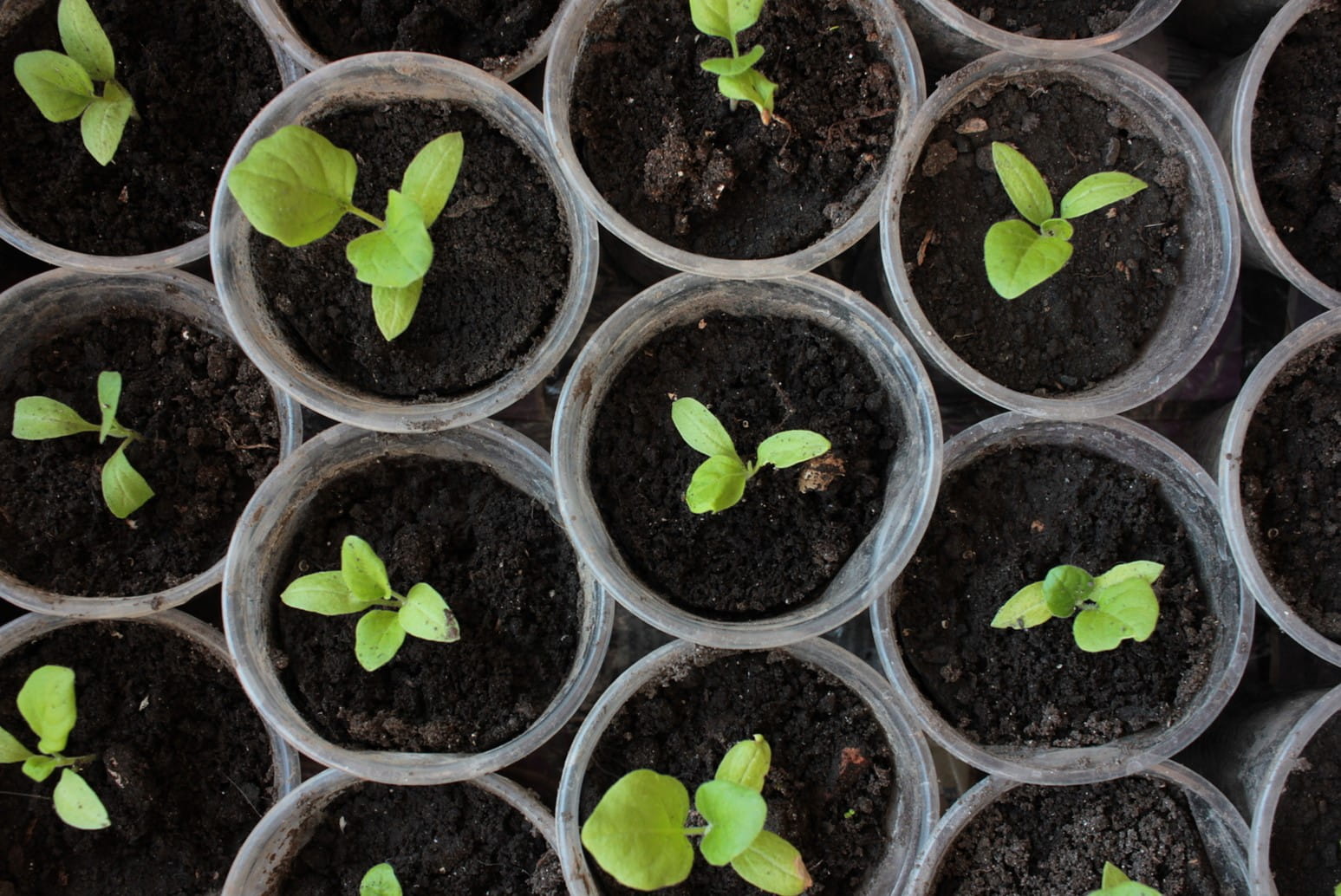

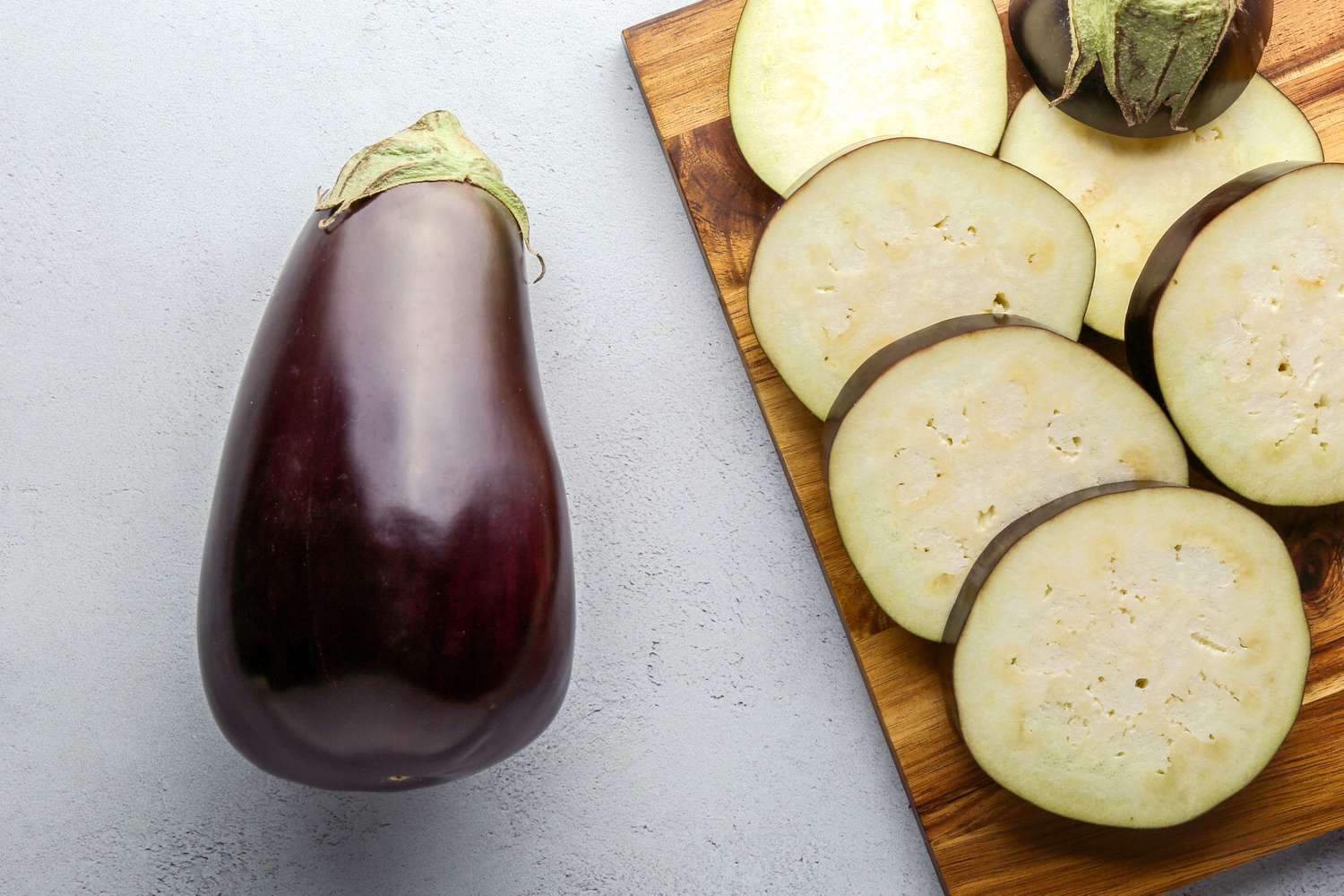
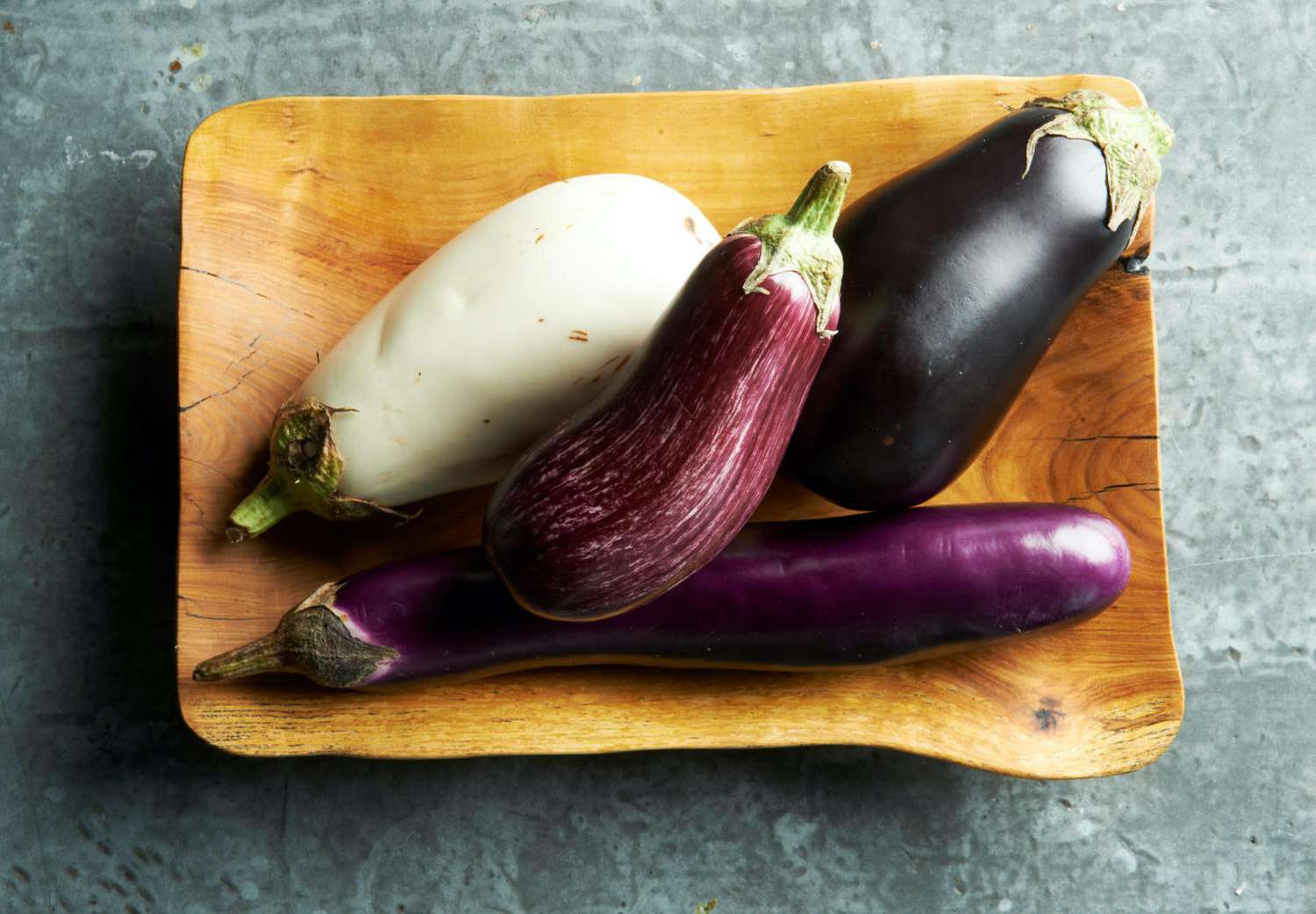
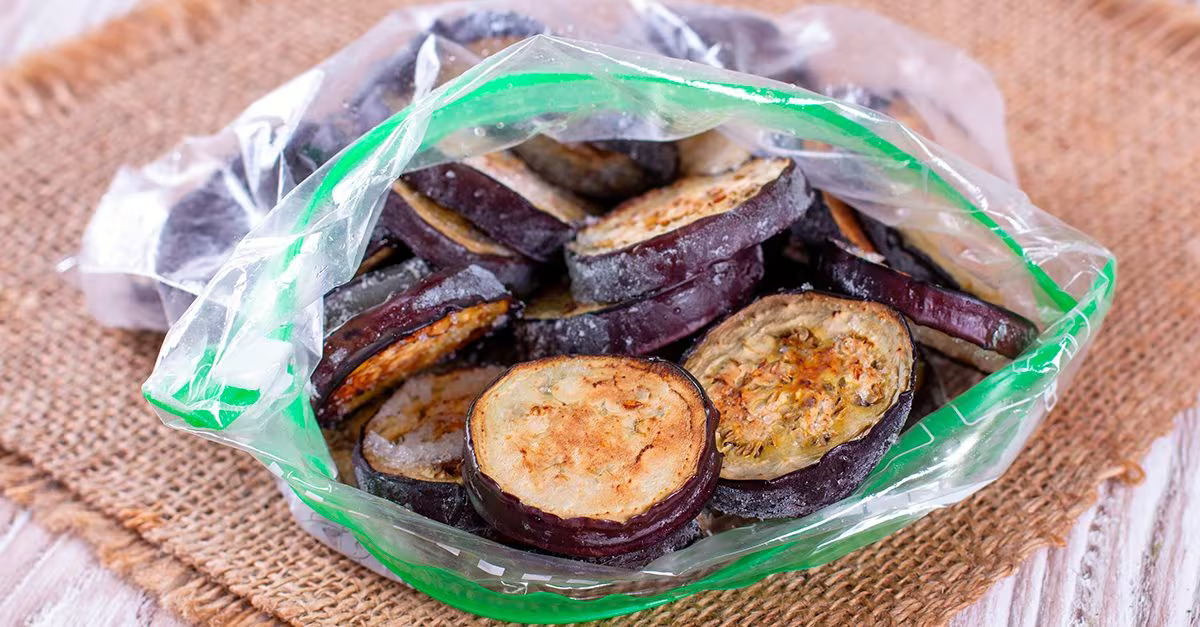
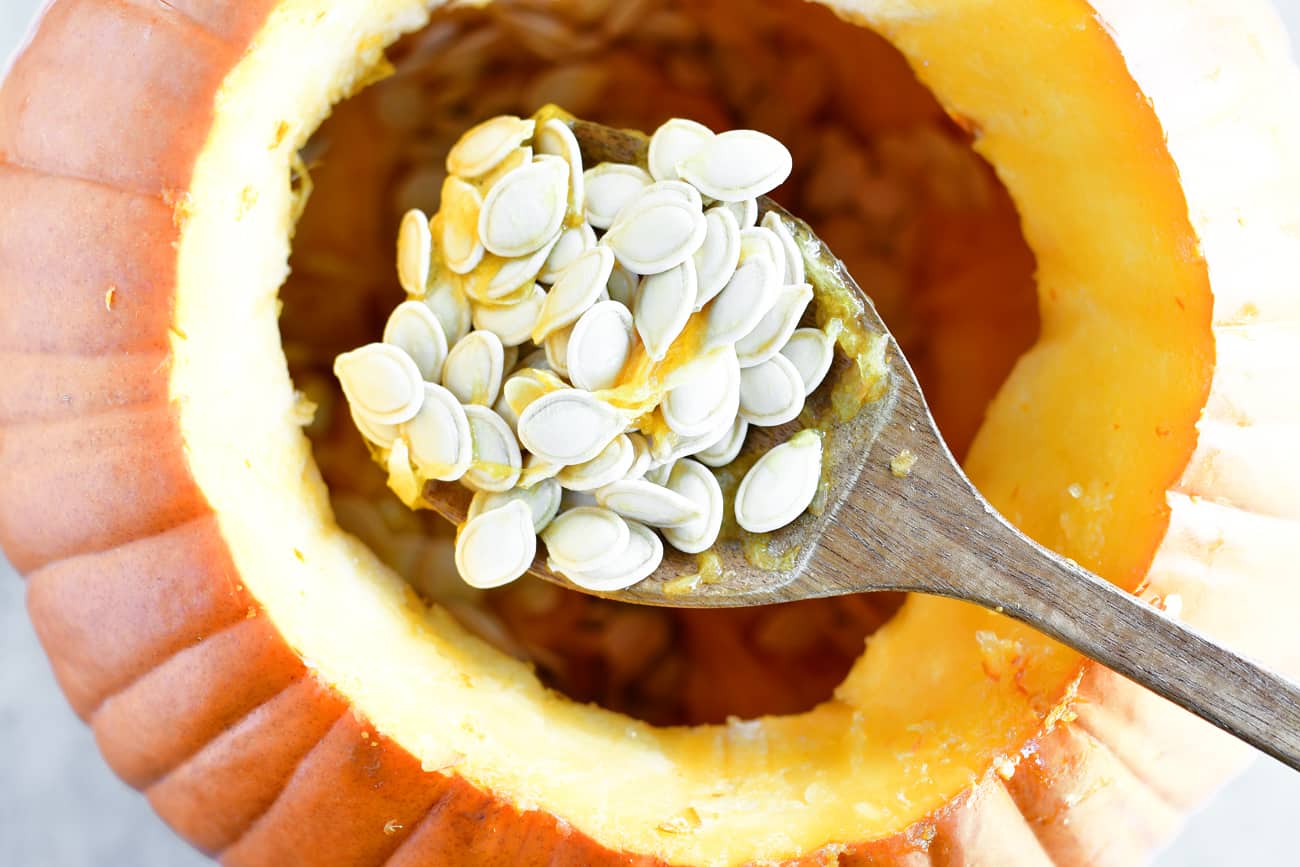
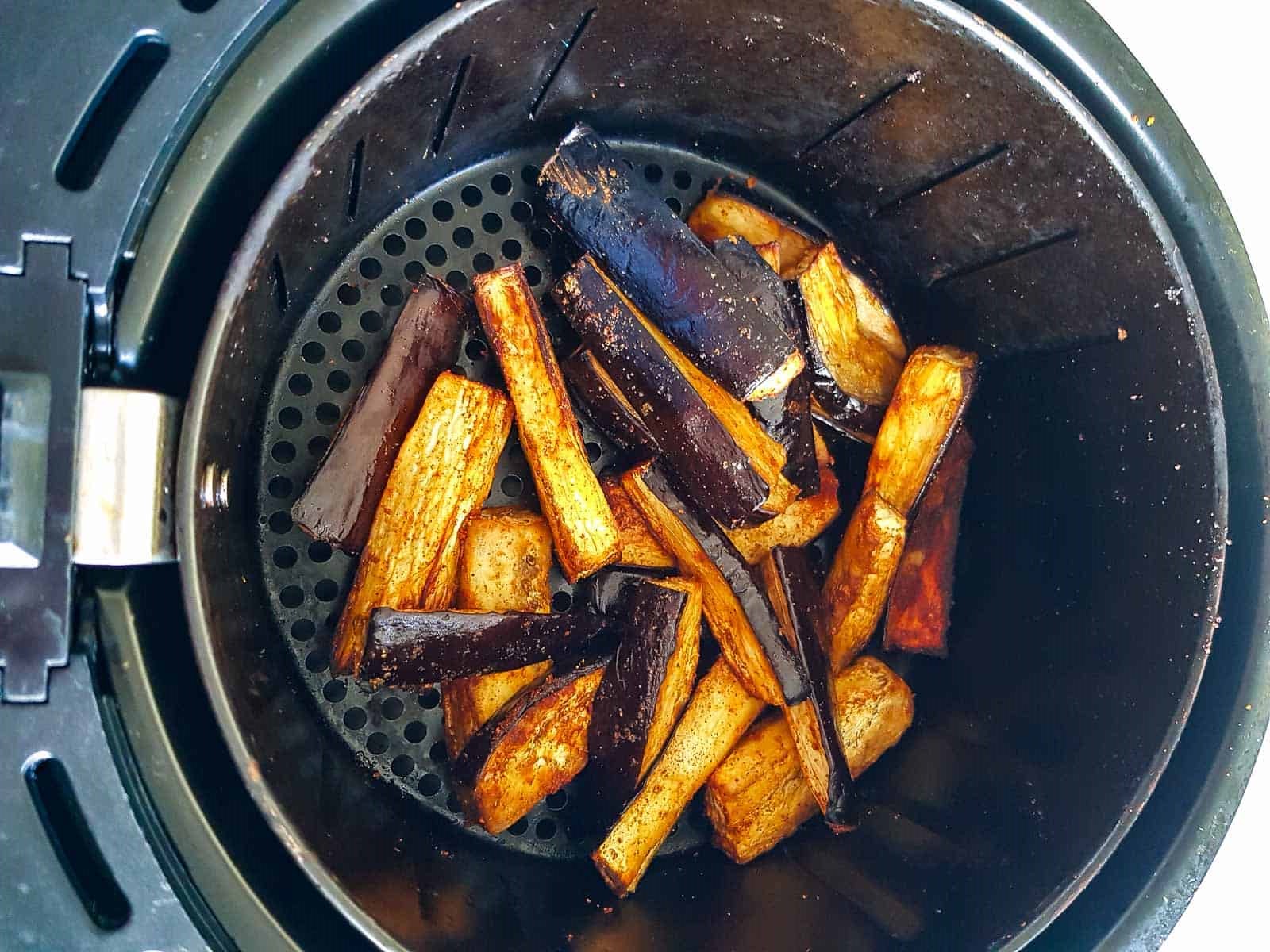
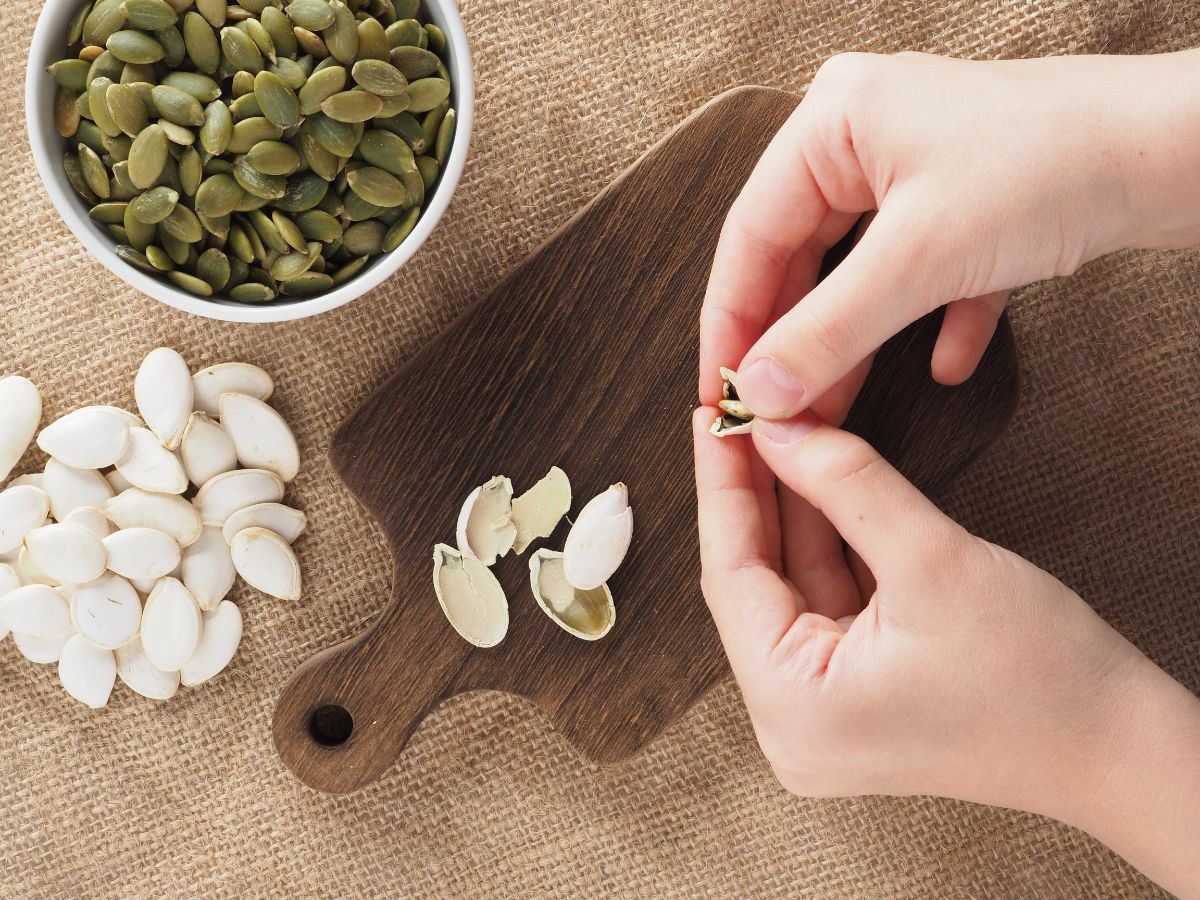


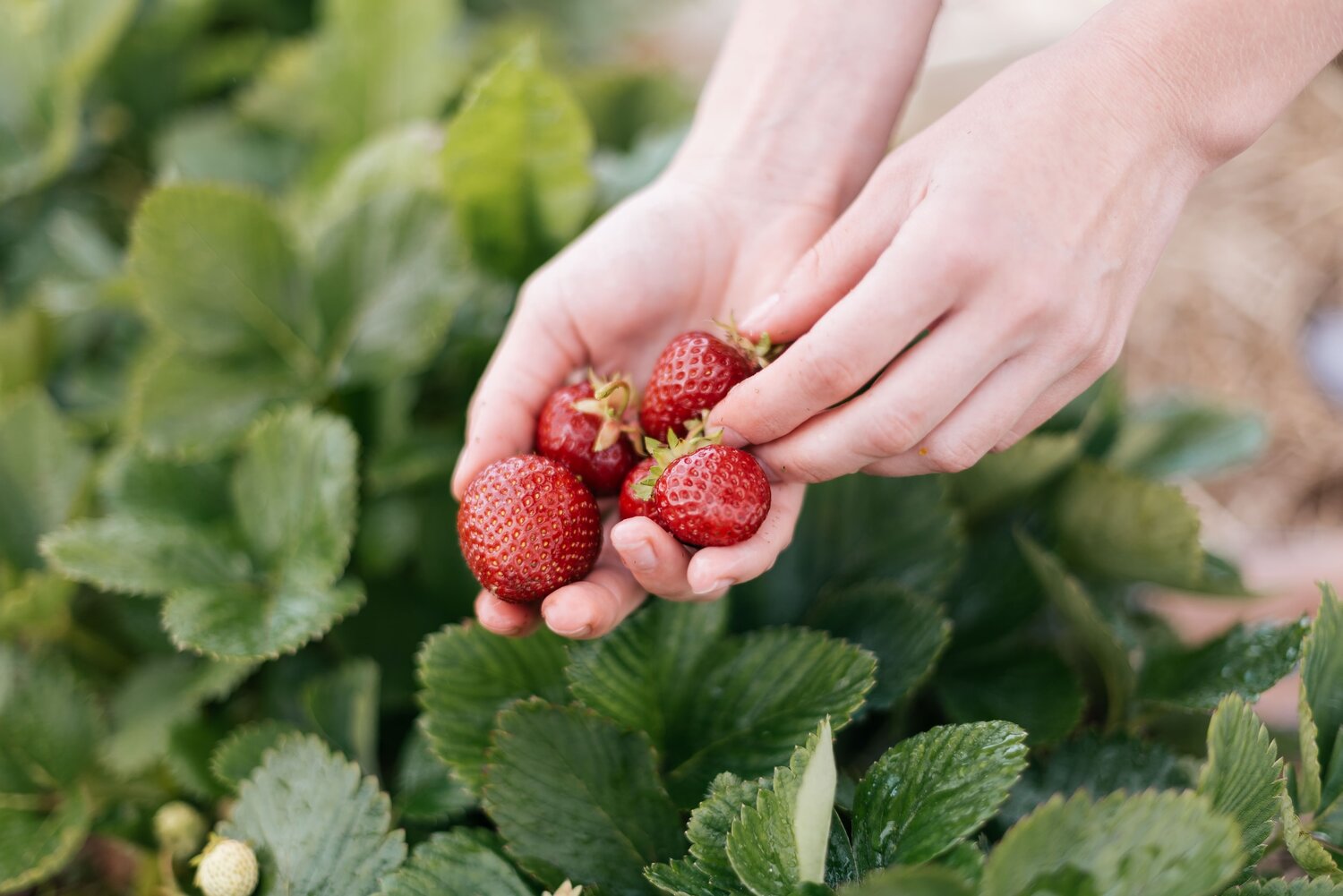
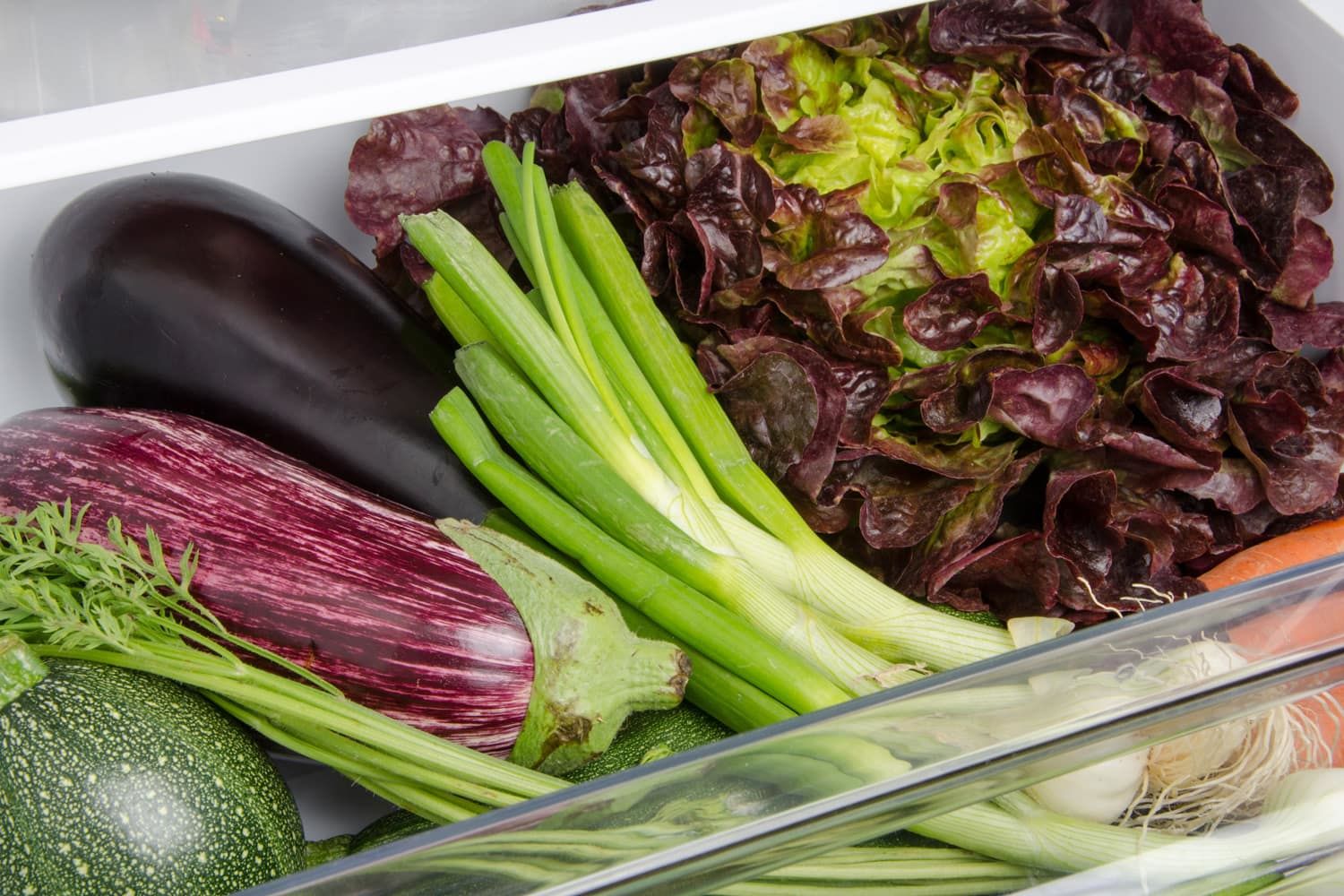

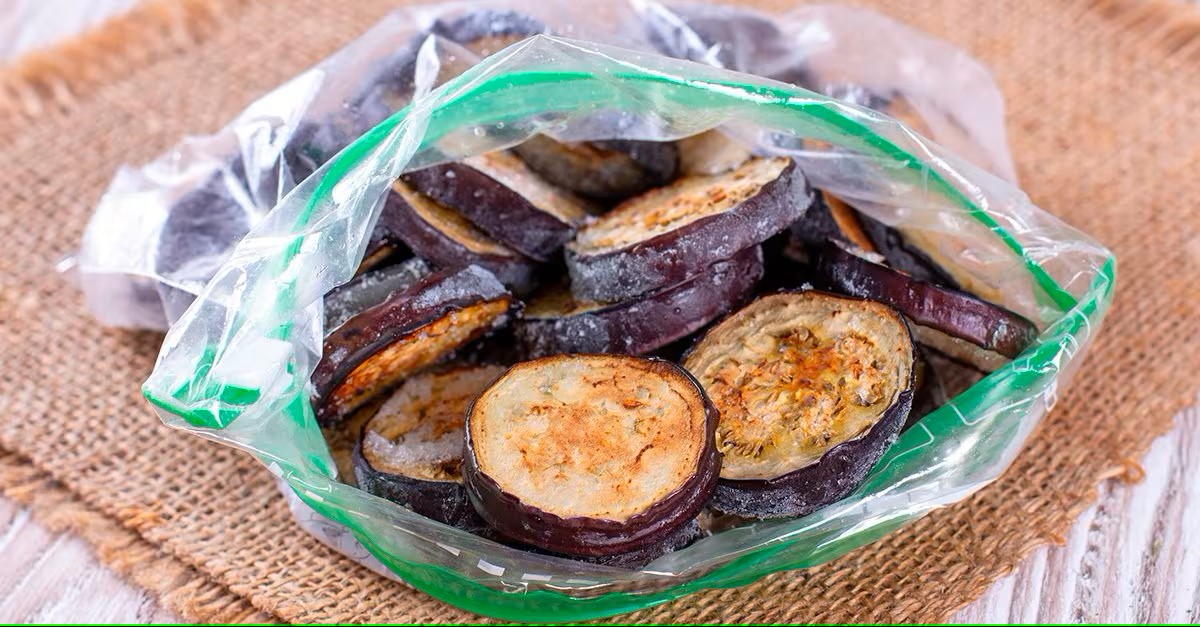

0 thoughts on “How To Remove Eggplant Seeds”